Pozzuoli, where I’m staying with Eddie and Laura, is one of the urban centers of the original Greek settlement in this area, going back to the 8th century BC. The first colonists from Greece that arrived here settled in Cuma. Here’s a map to give you an idea of where we are.
As you can see this is a combination bay and peninsula. Cuma is on the far western edge of this image, Pozzuoli on the northern edge of the Bay, and to the west of the Bay was a town called Baia. Centuries after the Greeks had thrived here they were overcome by Roman conquest. Baia became a resort town, and their current archeological park is a lesser known, but quite impressive ruin. It’s most remarkable features are three different domes that are misnamed “Temple of Venus, Temple of Mercury,” and such, but recent archeology has revised its understanding. Now the area is understood to be several large residential palace-like resorts that were not religious sites at all, but actually places for rest and relaxation and debauchery. Here are a few shots of Baia’s domes, including one which is still intact and the shots are inside.
The next photo is taken of Baia from a nearby castle. And then you see the castle and several views from it, including back towards Pozzuoli.
The water of the bay in front of the old town contains a significant part of old Baia, which has been thrown up and down by “Bradyism” and numerous large earthquakes over the centuries. It’s amazing how well these Roman structures have withstood the test of time and geological upheaval! As you might be able to see on the map up front, there are quite a lot of craters dotting the area, one of the most volcanically active areas in the world I understand.
Here’s the castle, and then the view northeastward toward Pozzuoli.
We actually spent time in the ruins and didn’t make it to the castle until sunset, hence the pretty shot of it during the “golden hour”. In between we went over the hill to the once thriving town of Cuma, now an archaeological ruin on a hilltop, with a sprawling area below the hill where an untold number of structures and lost treasures must lie buried. A great deal of these ruins were not rediscovered until the early 20th century. The layering of history here is overwhelming. Cuma starts in the 8th century BC, and over the ensuing 800 years goes through quite a series of changes. Successive waves of conquerers came from the sea, new colonists, and finally the Romans from the land and sea supplanted the old way of life with their own. A massive gate stands on the ridge above Cuma, known as the “Arco Felice”, and here’s a photo of it from the ruins, a good kilometer or two away. We drove through it later and it’s unbelievably big and thick.
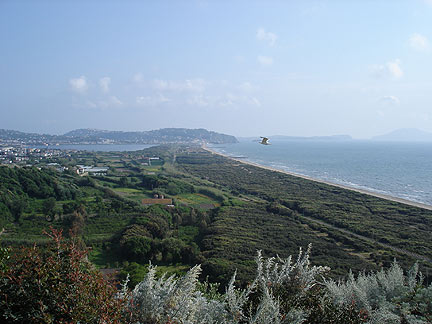
This is the view southward from the ruins towards the tip of the peninsula.
We had a great picnic of cheese, fruit, bread and wine, that we’d picked up the day before from a Slow Food deli in Napoli called Timpani & Tempura. The proprietor there has given up his previous restaurant business to provide healthy, locally produced, gourmet, affordable foods. We got there too late to get any of his prepared dishes, but we stocked up on great local cheese and wine and had a fantastic picnic here in the ruins of Cuma.
You really know you’re LIVING when you have these kinds of moments!
So after wandering around and seeing Cuma we went back to the castle and here’s my semi-obligatory self-portrait from the top of the castle, followed by a closer-up shot of the castle which doesn’t look quite so imposing at close view.

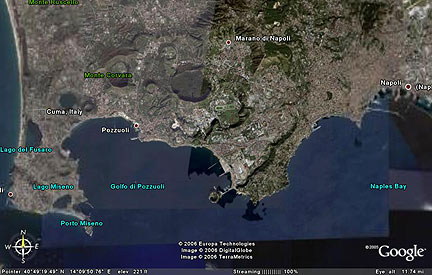
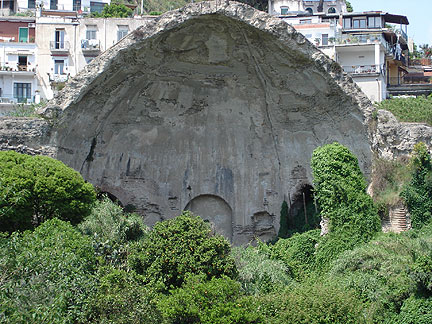
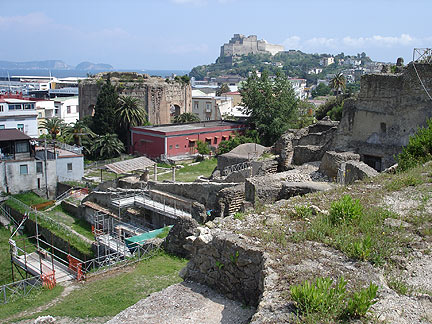
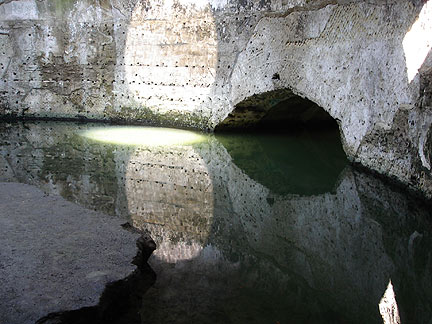
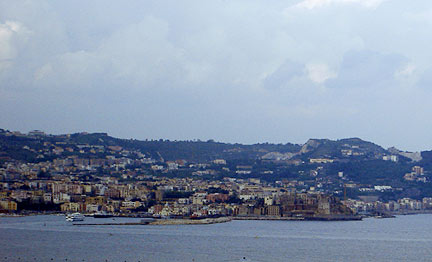
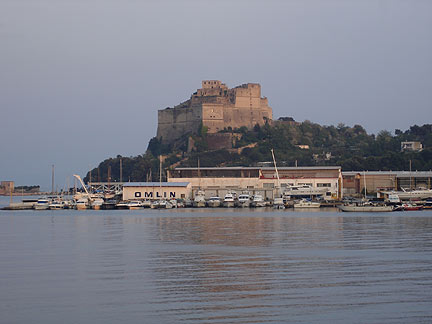
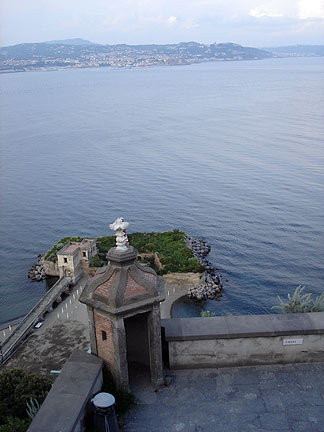
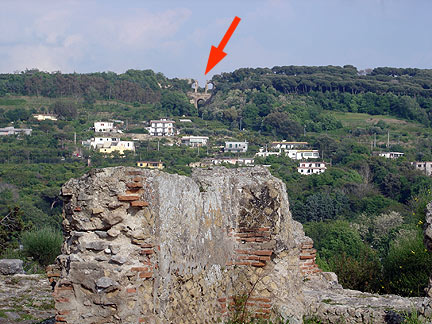
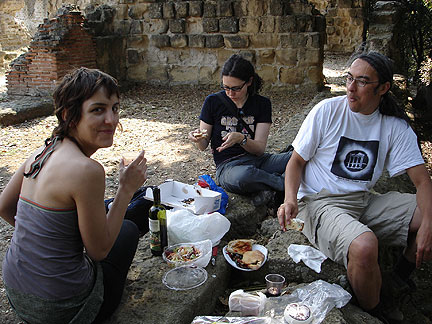
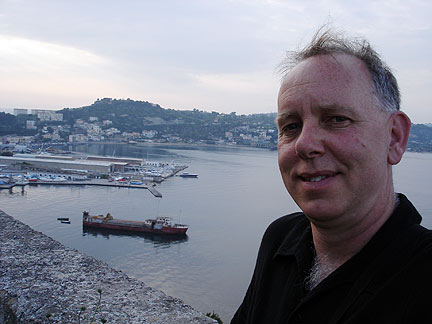
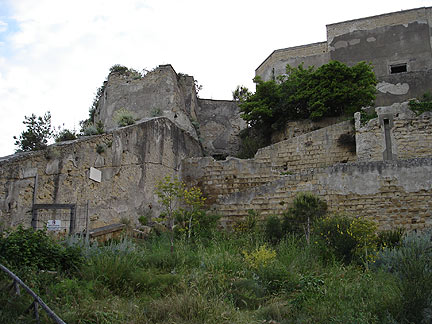











Leave a Reply